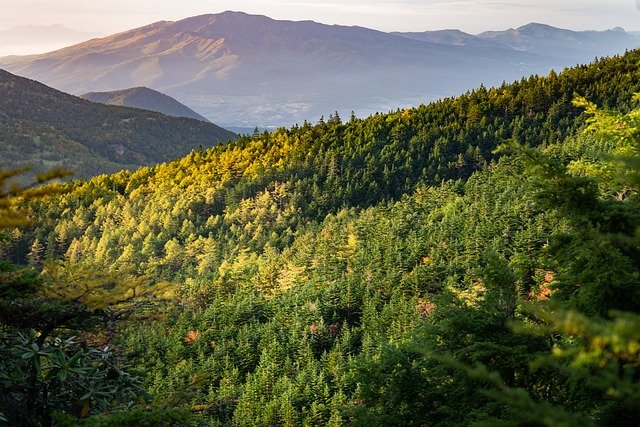**Title: "The Evolution of Storytelling in Video Games

The Secret Lives of Urban Wildlife
Urban areas are often thought of as concrete jungles, bustling with human activity and devoid of natural life. However, beneath the surface of our cities lies a vibrant ecosystem filled with wildlife that has adapted to urban living. In this post, we’ll explore the fascinating world of urban wildlife and uncover the secrets of their lives in the city.
The Adaptation of Wildlife
Many species have learned to thrive in urban environments, adapting their behaviors and habits to coexist with humans. Here are a few examples:
Raccoons: Known as the "bandits" of the urban world, raccoons have become masters of scavenging. They can often be seen rummaging through trash cans or foraging for food in parks. Their dexterous paws allow them to open containers and access food sources that other animals can’t.
Pigeons: Often considered a nuisance, these birds have successfully adapted to city life. They thrive on the abundance of food scraps and have learned to nest on buildings, bridges, and other structures that provide safety from predators.
Coyotes: Once primarily found in rural areas, coyotes have made their way into cities, where they hunt small mammals and scavenge for food. Their adaptability and intelligence have allowed them to thrive in urban environments, even as they face challenges from human activity.
The Importance of Urban Wildlife
Urban wildlife plays a crucial role in maintaining the ecological balance of our cities. They contribute to pest control, pollination, and seed dispersal, helping to sustain plant life and maintain healthy ecosystems. Here are a few reasons why urban wildlife is essential:
Biodiversity: Urban wildlife contributes to the overall biodiversity of an area, providing various species that enrich the ecosystem.
Education: Observing urban wildlife can foster a greater appreciation for nature and encourage conservation efforts among city dwellers.
Mental Health: Interacting with nature, even in urban settings, has been shown to reduce stress and improve mental well-being.
How to Support Urban Wildlife
As urban dwellers, there are several ways we can help support the wildlife around us:
Create Wildlife-Friendly Spaces: Plant native species in your garden, install bird feeders, and provide water sources to attract and support local wildlife.
Reduce Waste: Properly dispose of trash and food waste to minimize the availability of food for wildlife that can lead to conflicts with humans.
Educate Others: Share your knowledge about urban wildlife with friends and family to foster a greater understanding and appreciation for the creatures that share our cities.
Conclusion
The secret lives of urban wildlife are a testament to nature's resilience and adaptability. By recognizing and supporting the wildlife that thrives in our cities, we can create a more harmonious coexistence and contribute to the health of our urban ecosystems. So next time you spot a raccoon rummaging through a trash can or hear the cooing of pigeons on your balcony, take a moment to appreciate the incredible lives they lead right alongside us.

All images are taken from the Pixabay.com